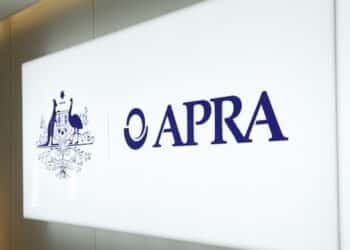Speaking at a Global Risk Forum in Hong Kong last week, APRA chairman Wayne Byres posed the question “To model or not to model” to an audience of global regulators.
Mr Byres noted that the evolution of the Basel framework has followed in the footsteps of a financial services industry that is employing “greater sophistication and science in the measurement of risk”.
“The use of internal models was introduced into the Basel framework for market risk in 1996, opening the door to the use of credit and operational risk models a decade later in Basel II. At this point, models reigned supreme, and were seen as the regulatory future.
“Regulators even calibrated the framework to provide significant incentives for banks to invest in models for regulatory purposes, given they were seen to be at the heart of advanced risk management,” he said.
But soon after models reached their pinnacle, the global financial crisis rocked global stock markets, Mr Byres said.
“Discussion quickly turned from a future built on models, to their failure: models went, to put it simply, from the penthouse to the doghouse.
“Regulators’ reliance on advanced risk models – coupled with capital concessions for banks for building them – all of a sudden seemed a questionable strategy,” Mr Byres said, adding that models were being accused of being too complex.
However, Mr Byres rejected the argument that Basel II and its focus on modelling sent the global regulatory community in “the wrong direction”.
“Seeking to improve the risk sensitivity of Basel I was a necessary and entirely sensible objective.
“What we might now reflect on, and which I hope we might explore tomorrow, is whether we were seduced by the science, and embraced complexity without sufficient regard to other objectives such as transparency and comparability,” Mr Byres said.
While the APRA boss said he supports the use of internal models, there needs to be a stronger set of constraints, more consistency in modelling practices, a greater degree of conservatism and “a recognition that some risks are beyond the ability of even the most clever quants to reliably measure”.







